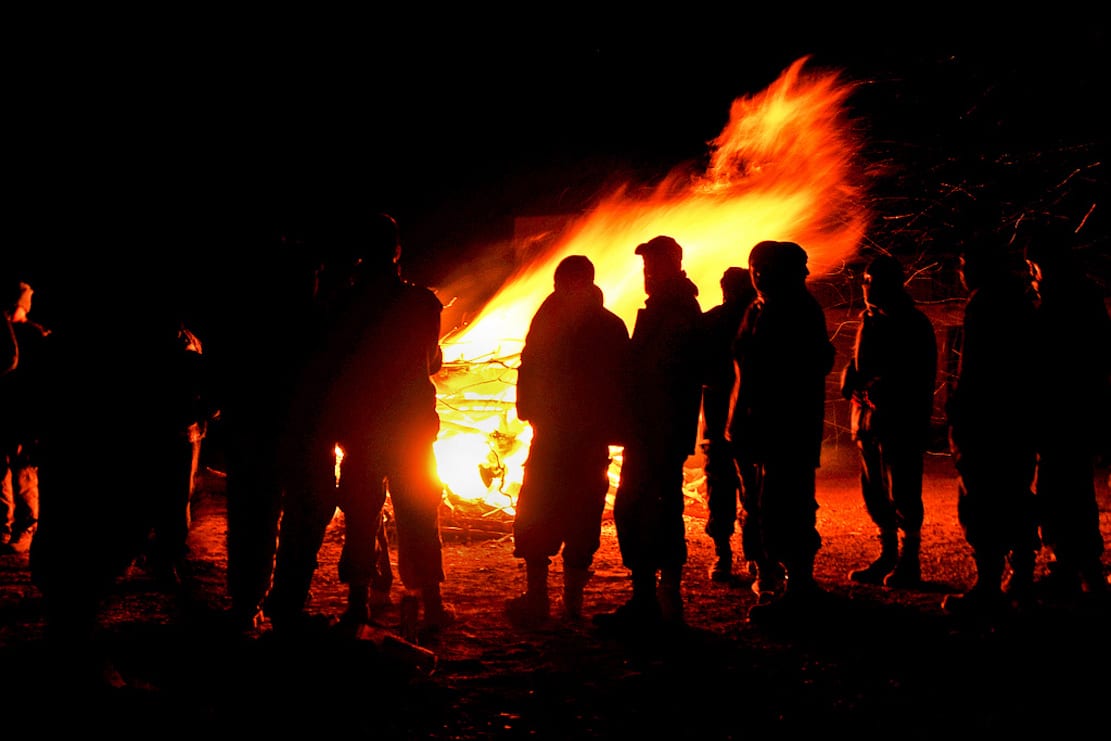
As we steadily approach the Twelfth Day, bonfires have been building across every county in Northern Ireland ready to be set aflame on the Eleventh Night… signalling the main date of the parading season, the Twelfth of July.
However, the elaborate, skyscraper-esque builds that we see today – some a whopping 200 pallets tall – are incredibly different from their ancestors’ builds in the 18th and 19th centuries.
While the exact origin of the bonfires is disputed, today, they are lit in loyalist areas of the province as a celebration of the Glorious Revolution of 1688 and the victory of Protestant king William of Orange over the Catholic James II during the Williamite-Jacobite War.
According to Armagh historian and the first curator of Armagh County Museum, TGF Paterson bonfires in 19th century Armagh were a common enough occurrence for both the Protestant and Catholic communities.
Writing in the Armachiana Volume 12, Paterson admits that he had never quite pinpointed the origin of the bonfires but explains that across Armagh “festival bonfires” were still “seasonal features in the local landscape”.
While he does not state it outright, he may have been alluding to celebrations for Midsummer, May Day and Halloween which were often fiery affairs for both sides of the community.
Penning his memories of Bonfire Night circa 1934, Paterson explains that as a boy – some half a century prior – he and many children from the area would have travelled to the “hills” of Armagh to watch bonfires “blazing from dusk to midnight” across the county.
However, at the time of writing – as a much older man – Paterson notes that the custom had “practically disappeared from the country districts and become in some few instances an urban feature.”
During his lifetime, bonfires were lit on July 1 – the day of the Battle of the Boyne. However, with the change in the calendar, the day of celebration moved to July 12, and Bonfire Night moved with it.
Once lit, Paterson describes the bonfires of his day as a theatrical affair with “games, songs and dancing”, sometimes even accompanied by a “torchlight precession equipped with an effigy of Lundy”.
And recalling one of the ballads he once heard at a bonfire he included it line-by-line:
“July, the First in Oldbridge town,
There was a grievous battle,
Where many a man lay on the groun’
By cannons that did rattle.
King James, he pitched his tents between
The line for to retire,
But King William threw his bomb-balls in,
An’ set them all on fire.”
Much smaller than the bonfires of today, the historian explains that some merely took the form of a “tar barrel” or “other suitable cask” mounted on a high pole.
While he says this method was “most effective” the barrels burned too quickly and, as such, were often accompanied with a traditional bonfire… with the barrel saved to the end!



